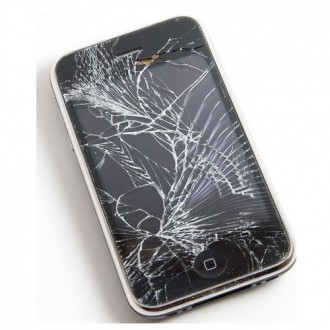Researchers at the University of Southern Mississippi have developed a new type of plastic that can mimic the behavior of human skin. Presented at an annual meeting of the American Chemical Society on Monday, the material turns red when damaged and can self-heal with little more than exposure to light.
"Mother Nature has endowed all kinds of biological systems with the ability to repair themselves," said lead researcher and professor Marek W. Urban, who reported on the development in San Diego this week. "Some we can see, like the skin healing and new bark forming in cuts on a tree trunk," he continued.
The new plastic is made from water-based copolymers, which is said to be more environmentally-friendly than other plastics and contains small molecular links referred to as "bridges" that span the length of the material. When the item is damaged, bridges break and form a red splotch around the "injury."
From there, the material can repair itself by being placed in the sun or another intense light source, as well as by being introduced to changes in temperature or pH. Unlike other products with regenerative qualities, such as the University of Illinois' self-repairing circuits, Urban's plastic can heal itself indefinitely.

Naturally, such a plastic would find countless practical applications spanning all industries, but there is no word on when it'll hit the market. Nissan's "Scratch Shield" paint has already shown uses for self-healing surfaces in the automotive business and it's still expected to ship on an iPhone case this year.
